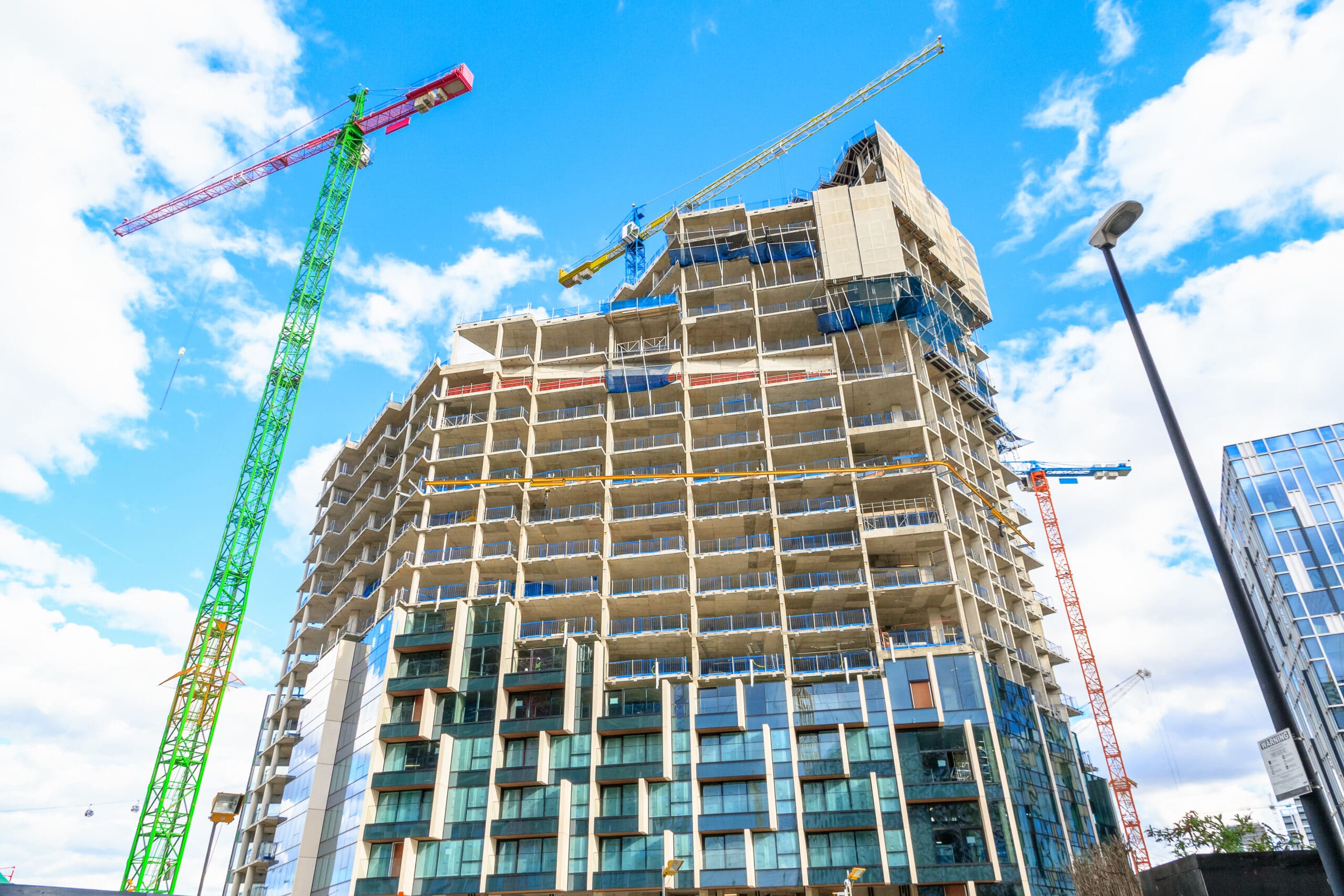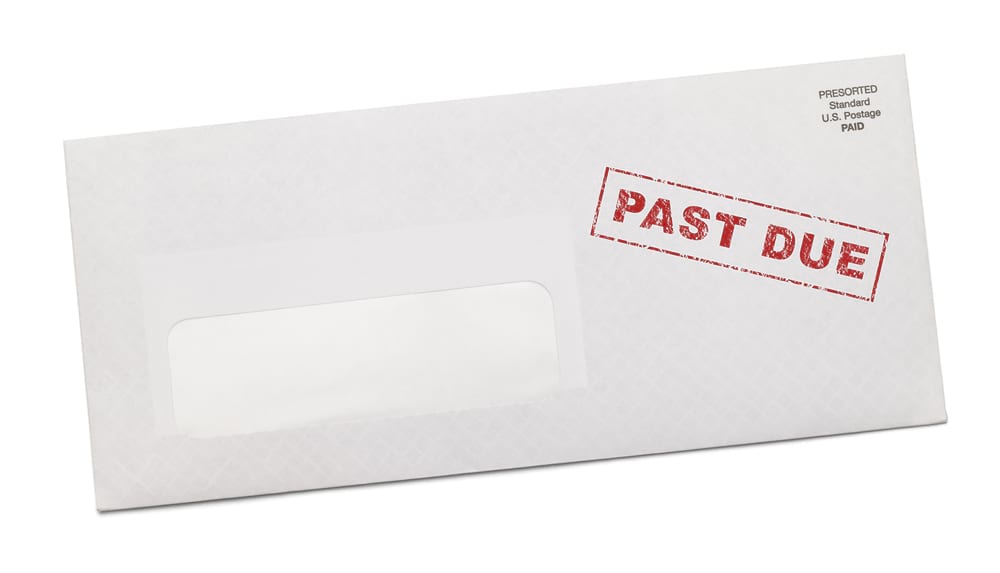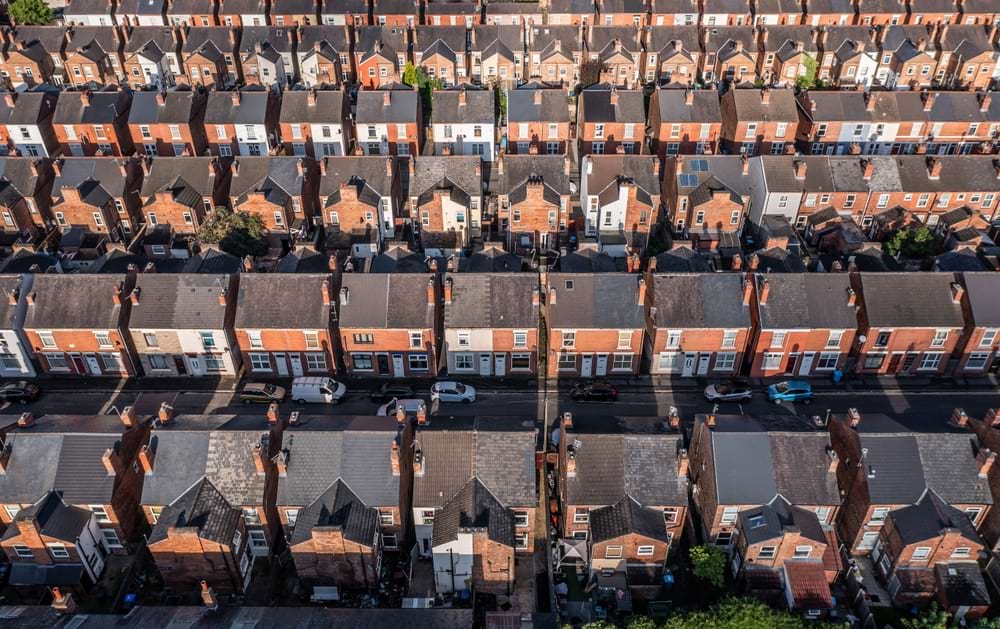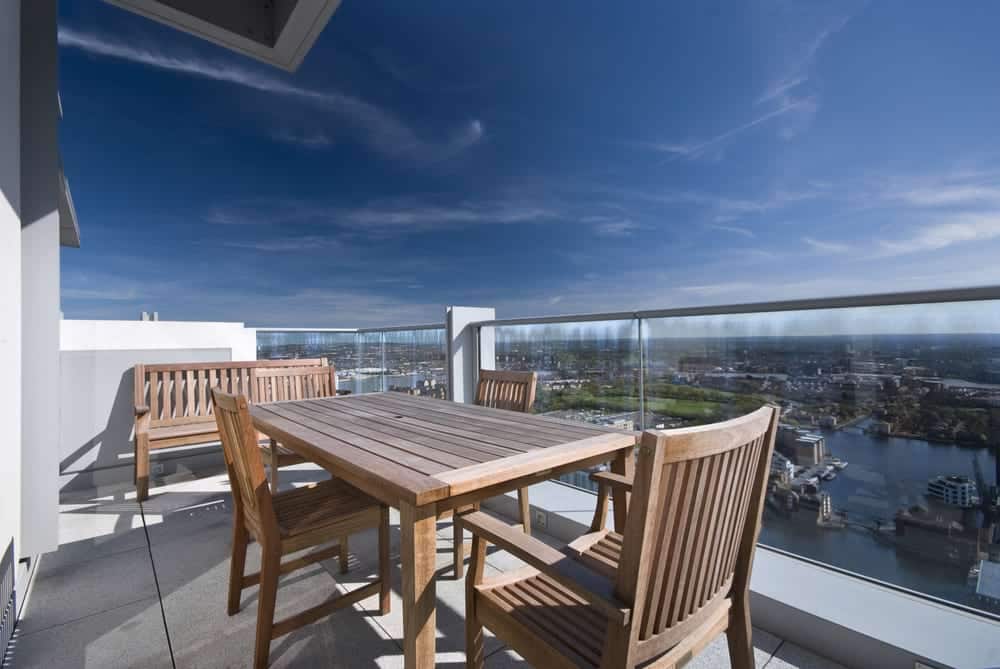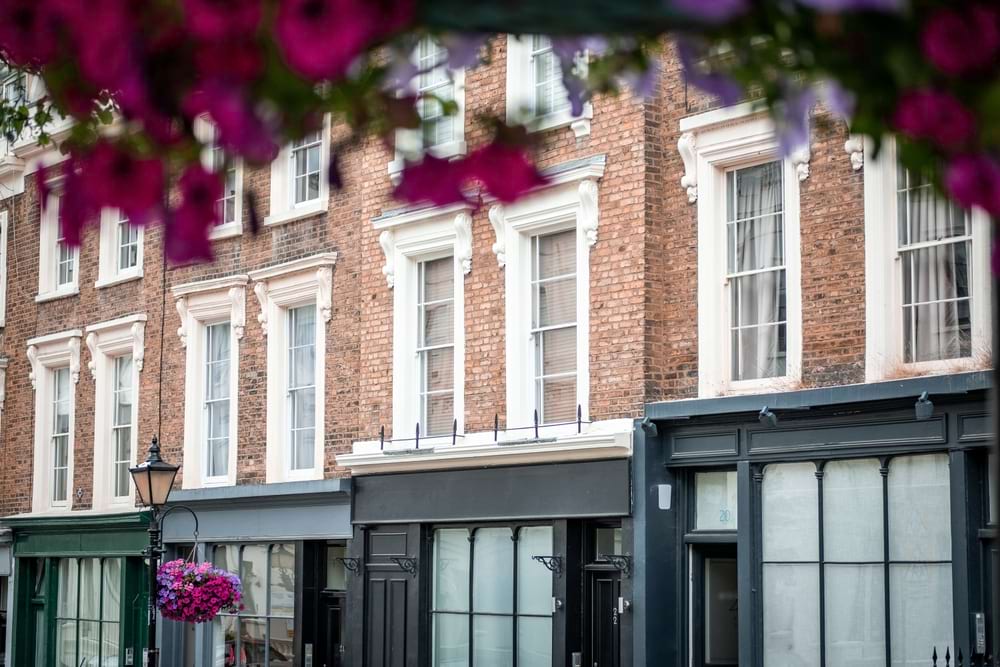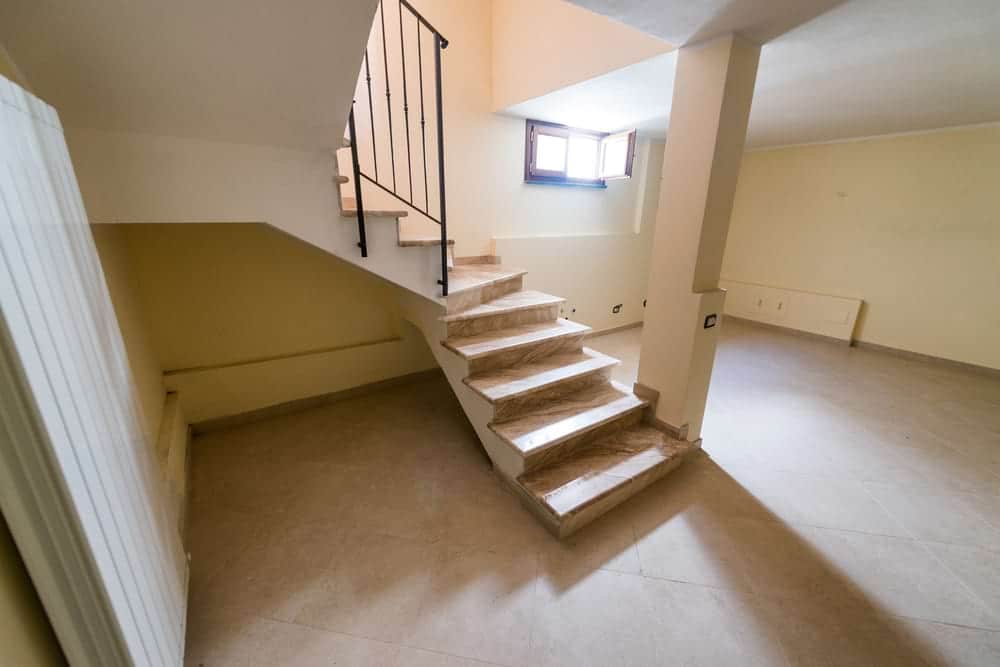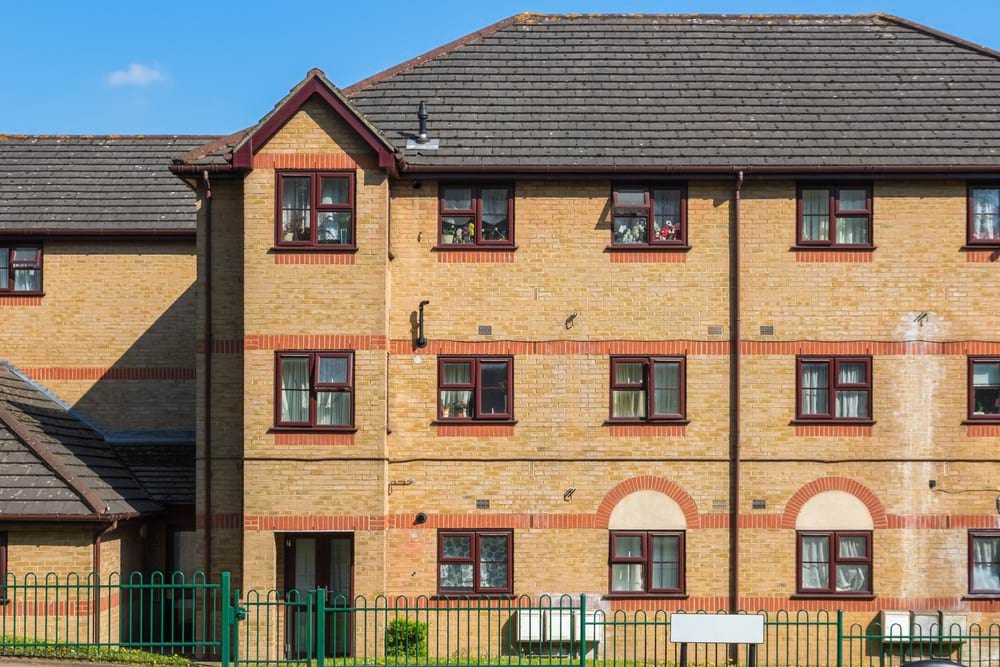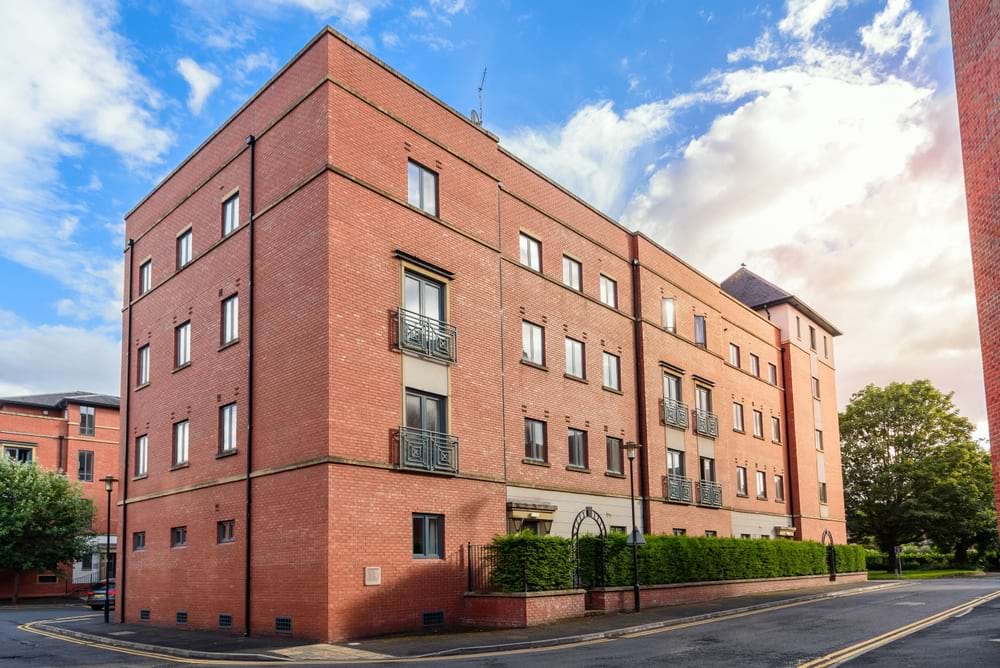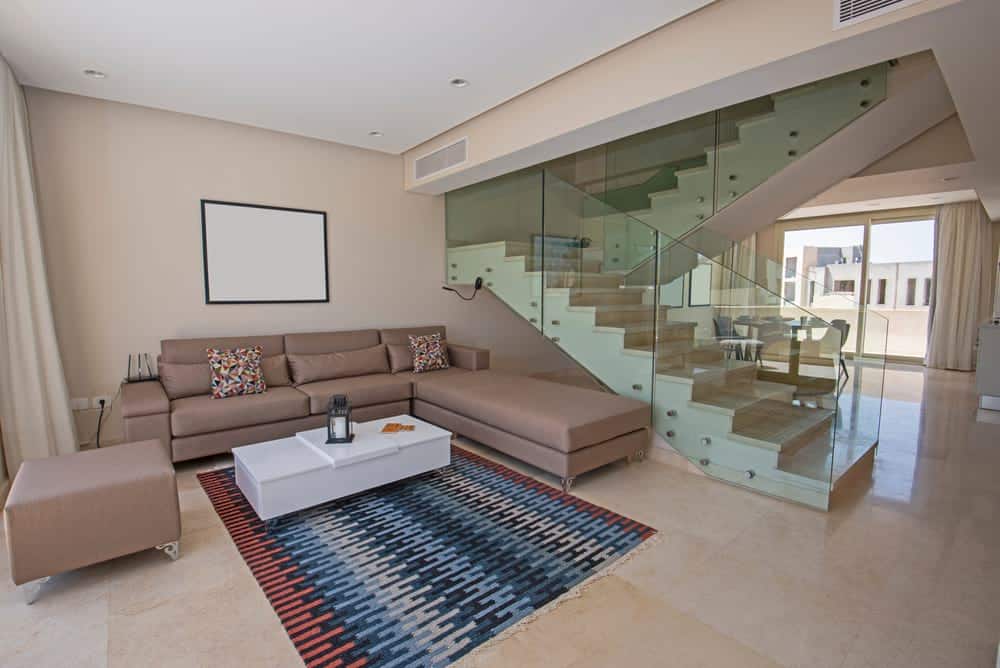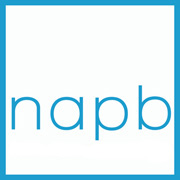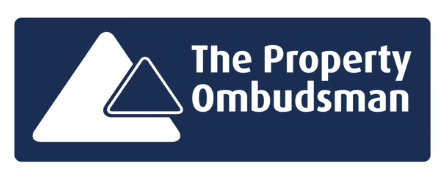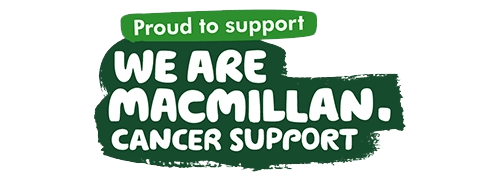Are you worried that cladding on your building will stop you from selling your flat?
You’re not alone.
Cladding is often at the forefront of discussions on building safety.
This blog will cover everything you need to know about:
- What cladding is
- If you can sell a flat with cladding
- The steps to take to sell a flat with cladding.
What is cladding?
Cladding is any material used to cover a building’s exterior.
It’s usually added to improve a building’s appearance and energy efficiency.
Some common cladding materials include:
- Metal
- Brick
- Stone
- Composite materials such as aluminum composite panels.
There are strict government regulations and guidelines around cladding.
They are still evolving. So, new standards or requirements might appear in the future.
Can I sell my flat with cladding?
The short answer is: Yes, you can still sell your flat if it has cladding.
However, it might be a longer and more complex process than selling a flat without cladding.
The following reasons explain why.
Difficulties in securing a mortgage
Securing a mortgage is a big part of buying a home.
Lenders are often reluctant to lend on flats with cladding issues.
Safety concerns
Many buyers may be put off flats with cladding.
Many will have heard of the United Kingdom Cladding Crisis (or Cladding Scandal). This came about after the Grenfell Tower fire (2017) and Bolton Cube fire (2019).
Potential cladding removal tasks
Cladding deemed unsafe may need to be removed.
It should be replaced before starting the process of selling your flat.
This process can be costly and time-consuming, so factor it in when planning to sell your flat is vital.
It also has implications for sellers of flats with leaseholds. It may require negotiations with leaseholders on replacing unsafe cladding.
Impact on your flat’s value
Cladding on a building might decrease your flat’s value.
It’s worth taking some time to research recent sales of similar properties. This can give you an idea of your flat’s current value.
As a seller, you might need to adjust your price expectations.
You need to account for the additional costs and risks of purchasing a property with cladding.
Potential legal issues
Selling a flat with dangerous cladding might leave you subject to legal action.
There is also the potential for legal issues to arise. This is particularly true if unsafe cladding has identified.
You must be transparent with potential buyers about any known cladding problems. And you should seek legal advice if you are concerned about your liability.
Ultimately, selling your flat with cladding requires some consideration and planning.
It is also worth getting an ESW1 form…
What is an ESW1 Form?
The EWS1 form is a certificate that verifies a building’s external wall system. A qualified professional assess whether it meets current safety standards.
External Wall System (EWS) refers to the outer part of the building. This includes cladding and any other components such as insulation.
The Royal Institution of Chartered Surveyors (RICS) introduced this form December 2019. It was a response to safety concerns following the Grenfell Tower fire in 2017.
It provides assurance to building owners, residents, and potential buyers.
In short, it certifies that the external wall system of a building has is safe.
How to get an ESW1 form
If you want to sell a flat with cladding, you may need to get an ESW1 form.
This form gives buyers and lenders proof buildings meets current safety standards. This makes it easier to sell your flat.
What an ESW1 assessment entails
To get an ESW1 form, you need a professional to assess the buildings’ external wall system.
This will be building surveyor familiar with the government’s cladding safety guidelines. You can ask for recommendations from your local council.
The assessment may include:
- Visual inspection
- Material testing
- Other evaluations.
After assessment completion
If the the building passes the assessment, an ESW1 form will be issued.
Recommended repairs or an external wall upgrade will be needed before another assessment.
Sell your flat with We Buy Any Home
At We Buy Any Home, we are chain-free cash house buyers who can purchase your property up-front and quickly. You are in the perfect place to quickly sell your flat with cladding.
Using our own funds, we will purchase your property at a set price, by a date of your choosing. We fully manage the process from beginning to end.
Any location, any condition, we buy any house. We can provide you with an offer for your UK.
Fill in our enquiry form below if you are interested in getting a cash offer for your house.
